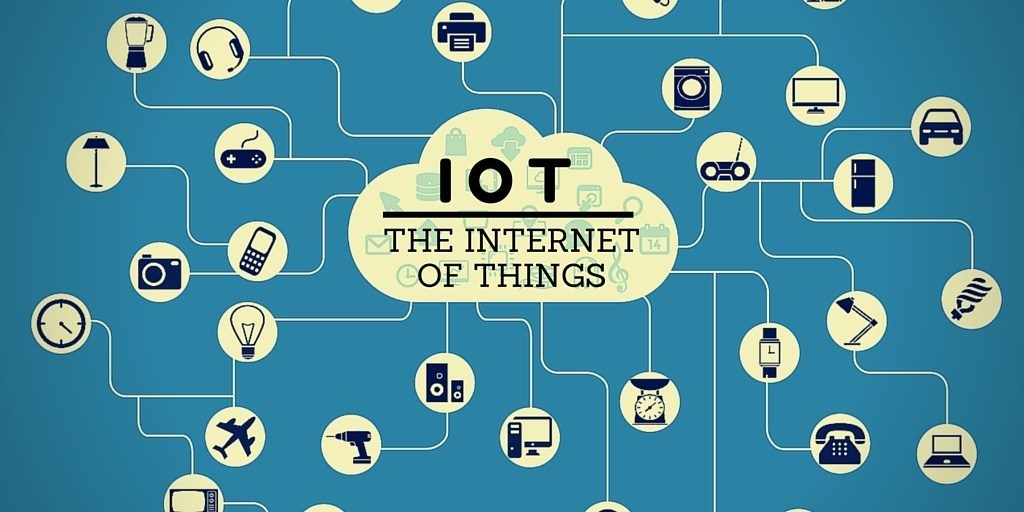6 Factors to Determine the Success of Your IoT Project
6 Factors to Determine the Success of Your IoT Project

The emergence of IoT has led to work smarter and revolutionizing the way employees work and interact with others. Workplaces are getting smarter; employees are being more productive and potential for smart workplace scheduling is evolving.
According to a recent survey by Cisco, deployment of IoT is stalled 60% of the time while only 26% of respondents consider their deployment successful.
When it comes to deployment of IoT, a number of factors decide the fate of the project. Either you win or you lose, however, the poor implementation would lead you to lose money and time.
How can developers implement a successful IoT project to avoid any loss is the biggest question? Let us have a look at how IoT can be deployed successfully without losing money and wasting time.
1.) Strategic Planning before Deploying
Before deploying IoT, it is necessary to have a strategic plan to lead your project to success. At this stage, you have to identify your goals, success metrics, business process evaluation and technical inventory. Moreover, you must also have a strong team of qualified experts to assess the opportunities and threats before deploying Internet of things.
In a recent Bain and Co. IoT study conducted with over 90% of executives said that “their organization is currently in the state of planning and proof of concept stage”.
No matter how longer you to have to spend on your research and plans, it will ultimately lead to reducing the failure rate.
2.) Allocate the Hardware Devices
Enterprise IoT Solution is not like an application that can be started instantly as the idea comes to mind. The deployment of IoT requires allocation of equipment and machinery from the present inventory of devices.
Keeping in view your business goals and expected results, you may have to collaborate with OEM to source bridges, sensors, adapters, actuators and other hardware. After the above step, the organization would have assigned everything that takes to onboard physical devices to the connected platforms.
3.) Estimate the Cost of Not Deploying IoT
IoT projects will affect the overall process in your organization. Before deploying IoT in your organization, you must determine the real cost of the process being improved. The fixed costs are easy to determine while the variable ones are difficult to evaluate. If you think the cost can be achieved, the project should not be left in the middle.
4.) Implement Security and Governance
Like any other enterprise solution, IoT security is critical and datasets should be unnamed, inscribed and compressed before processing. It is necessary to have a governance model to limit the access to sensitive and private data. Policies will identify the roles of each individual to control the devices and access the business intelligence dashboard. IoT security must be aligned with existing corporate policies and best security practices.
5.) Drive Continuous Improvement
Your IoT project should be scalable and improve with the passage of time. As your organization is set to expand and grow, you cannot afford to set your IOT project on the same level. Look for the future prospects and strategize your IoT project mindfully in order to take the leap. The best way is to ask an expert and consult the IoT solution provider to give the best solution that is easily adaptable and scalable at the same time.
6.) Intuitive User Experience for Decision Makers
Generally, IoT solutions are devised to have user experience meant for two personas including decision makers and operation manager. Operation managers are directly responsible for managing devices later though IoT solution. In fact, they are responsible for maintaining the flawless functioning of devices.
In case of business decision makers, they are contingent on data-driven insights for business decision making. They need access to dashboards that represents critical parameters originating from the hot path and cold part analytics. Moreover, they are also granted permission to change the policies and rules according to the changing needs of the business.
Author Bio:
Ray Parker is an entrepreneur and internet marketer with over 15 years of experience in Search Engine Optimization, Creative Writing and Digital Marketing with IQVIS. He has worked with several clients from all over the globe to offer his services in various domains with a proven track record of success.
The post 6 Factors to Determine the Success of Your IoT Project appeared first on ReadWrite.
(44)













